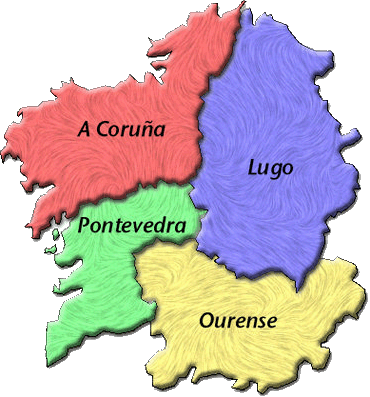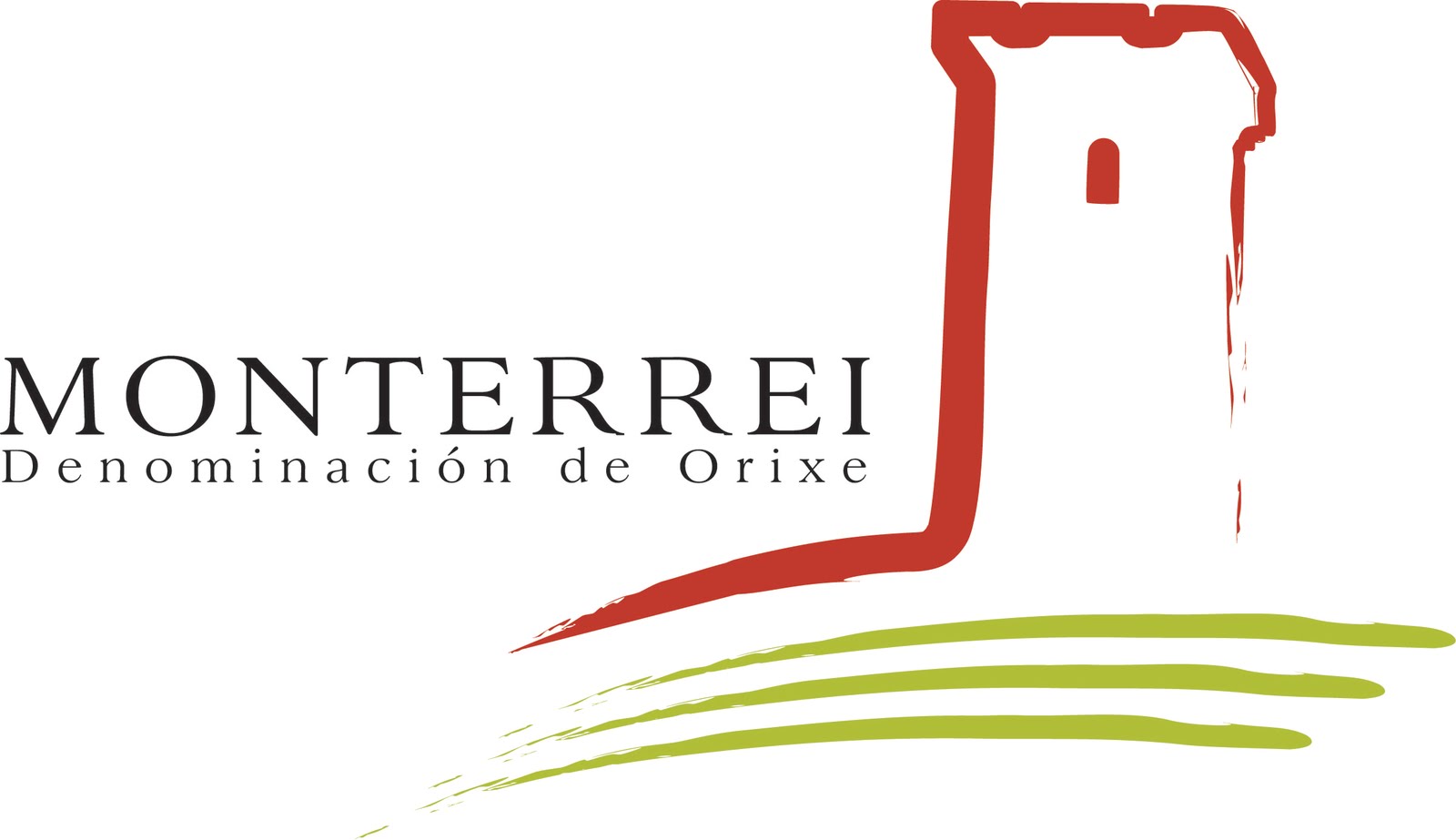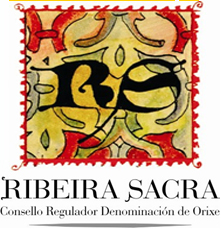Galicia DOs (Part I)

Galicia is located in the northwest of Spain, bordering in the north and west with the Cantabric Sea, in the east with Asturias and Castile and León and in the south with Portugal. There are 5 different designations of origin for Galician wines, the most well-known one being DO Rias Baixas, specially famous for its white Galician wines produced with the Albariño white grape variety.
During the 14t century, Galicia exported vine cuttings to other vineyards in Europe who were eager to try out the classes of grapes. When the 19th century arrived, the whole Galician region sank into an economic depression, further deteriorated by the emigration of many people to South America and other richer areas. Many of the winemakers that emigrated helped plant the vineyards of the Port wine region near the Duero in Portugal. Galicia's vineyards remained pretty much abandoned until Spain joined the European Union in 1986, and the funding that came from this helped the Galician wine sector gain back its old grandeur.
DO Monterrei

The DO Monterrei is located in the southeast of the Ourense, near the border with Portugal. There are two main sub areas that produce these Galician wines: Valle de Monterrei (Monterrei Valley) and Ladera de Monterrei (Monterrei Slope); this explains the soil variety in which the vineyards are planted, which together with the microclimates created by the multiple valleys produces very distinct Galician wines.
The Roman wine making instruments found in the area suggest that wine was first introduced in the DO Monterrei region by the Romans, and then made prosper in the 9th century by the monks who established their monasteries in the area. They extended their wine making to the whole of Galicia, and these Galician wines were used to pay feudal lords and the services of the monasteries.
During the Middle Ages Monterrei had great influence in the Spanish culture, economy and political sectors. These Galician wines were being traded and sold in America under the decree of Philip II of Spain, who elevated the rank of the V Count of Monterrei to Viceroy so he could govern the colonies where the Galician wines were being sold. The 19th-20th centuries saw a great decline in Galicia's economy and a lot of emigration to richer areas. The vineyards were left unpopulated until the funding from the EU arrived and permitted the restoration of the Galician wines.
The climate in the area is pretty humid and cool, alike to that in the rest of Galicia, which makes it the perfect spot for visiting Spain. DO Monterrei, established in 1996, allows the following grape varieties: Godello, Dona Blanca and Traizadura in whites; Mencía, Bastardo and Araúxa in reds. The alcohol content in these Galician wines is a minimum of 11% in whites and 10% in reds.
DO Ribeira Sacra

The DO Ribeira Sacra is located on the border of the Lugo and Ourense (Orense in Spanish language) provinces, where the Miño river and one of its most important tributaries, the Sil, join. Following the course of the Sil, there are four distinguishable sub areas: Amandi, Chantada, Quiroga-Bibei, Ribeiras do Miño and Ribeiras do Sil.
The accidental relief of the area generates many microclimates in the different sub areas of production of these Galician wines, but the general climate is continental with Atlantic influences, where the summers are hot and autumns end to be at least warm, with heavy rainfall.
Galician wine culture in this area can be traced back to the Romans, although the true drivers of wine making in this area were the monks who arrived during the 9th and 10th centuries. The preferred grape varieties for these Galician wines are Albariño, Treixadura, Doña Blanca, Godello, Loureira and Torrontés in whites; Mencía, Brancellao and Merenzao in reds. Their alcohol contents are:
- Monovarietal reds: Produced with just one type of red grape, minimum alcohol content of 11%
- Monovarietal whites: Produced with just one type of white grape, minimum alcohol content of 11%
- Other reds and whites: Minimum alcohol content of 10%
Spanish Wine History
Spanish Wine Regions and DO
Spanish Wine Tours
Top Spanish designations of origin
Best Spanish Wines
Spanish Wine Production
Spanish Wine Types
Spanish Grapes
Spanish Sparkling Wine: Cava
Sherry Wine
Spanish Wine Cocktails
Spanish Wines in the World
Spanish Wine Prizes
Enotourism
Spanish spirits and liquors
Argentina Wines
Chilean Wines
Other sites